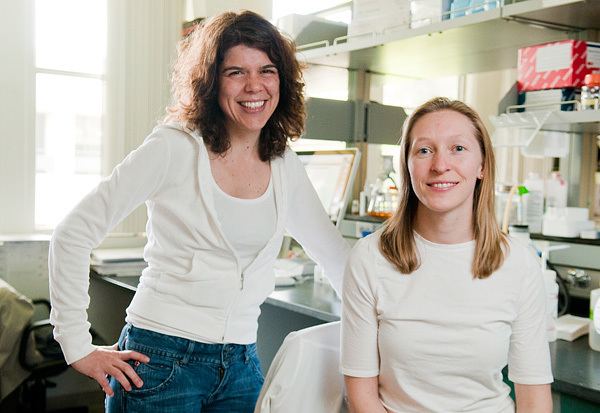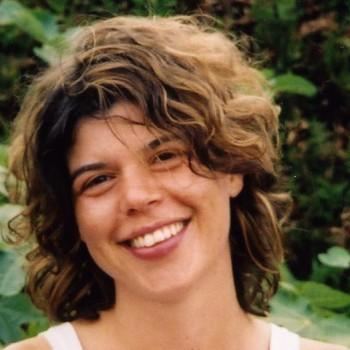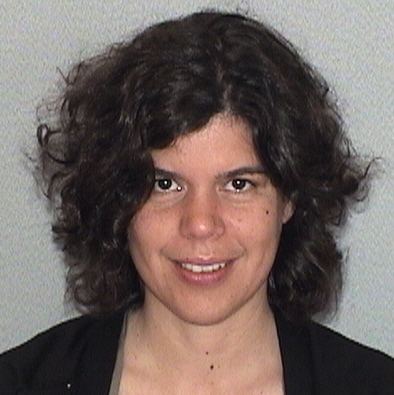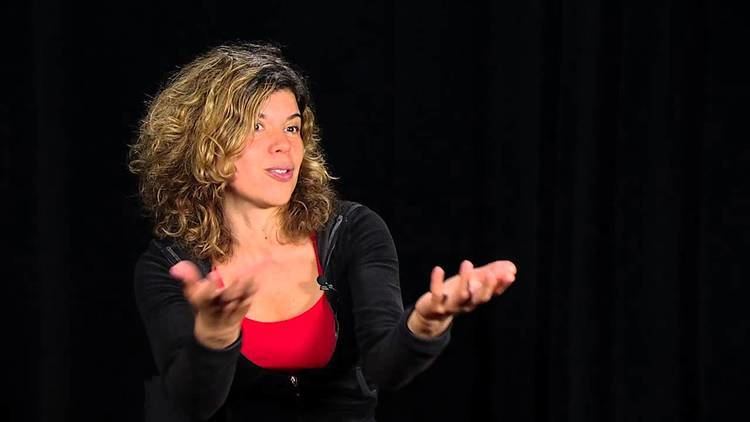Residence Stanford, CA Citizenship French Name Anne Brunet | Nationality French Role Professor Fields Genetics, Aging | |
 | ||
Alma mater Ecole Normale Superieure, BS and University of Nice, PhD Education University of Nice Sophia Antipolis (1992–1997), Pierre-and-Marie-Curie University (1992) Awards Glenn Award for Research in Biological Mechanisms of Aging | ||
Approaching the Second Half: The Latest Research on Longevity and Aging; By Anne Brunet, PhD
Anne Brunet, PhD. (born on November 8) is a full professor of genetics and the co-director of the Paul F. Glenn Laboratories for the Biology of Aging at Stanford University. Her lab studies mechanisms of aging and longevity.
Contents
- Approaching the Second Half The Latest Research on Longevity and Aging By Anne Brunet PhD
- Regulation of aging anne brunet
- Education
- Research
- References

According to her lab website, Anne Brunet is from Bellegarde sur Valserine, France, uses red wine as an anti-aging strategy, and plays the violin.

Regulation of aging anne brunet
Education

Anne Brunet received her BS in Biology, summa cum laude in 1992 from Ecole Normale Supérieure, Paris, France. She immediately began a PhD in the lab of Dr. Jacques Pouysségur at the University of Nice, France, which she completed in 1997. Between 1998 and 2003, she did her postdoctoral work at Harvard Medical School in Dr. Michael E. Greenberg's laboratory. She has been a professor at Stanford since 2004.
Research

Anne Brunet's lab works on discovering lifespan-regulating genes and their interactions with the environment. Next, she studies how conserved 'pro-longevity genes' (e.g. FOXO transcription factors) regulate longevity in mammals, the regenerative potential of stem cells, and the nervous system. She uses mammalian tissue culture and C. elegans as model systems to study longevity pathways, dietary restriction, and epigenetic (chromatin-state) regulation of longevity by the environment. In addition, she is developing the extremely short-lived African killifish N. furzeri as a new vertebrate model for aging.



